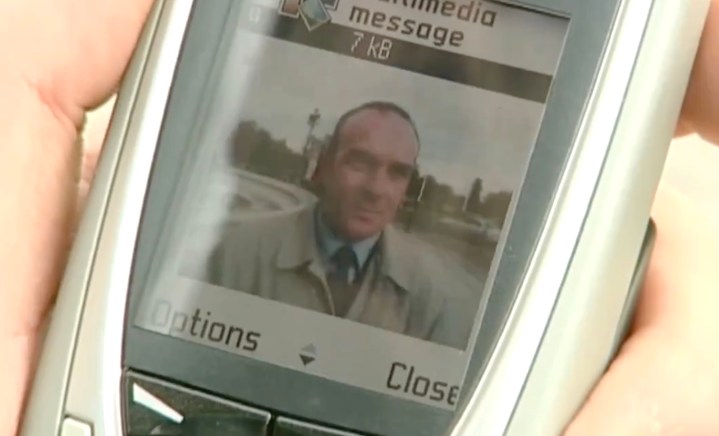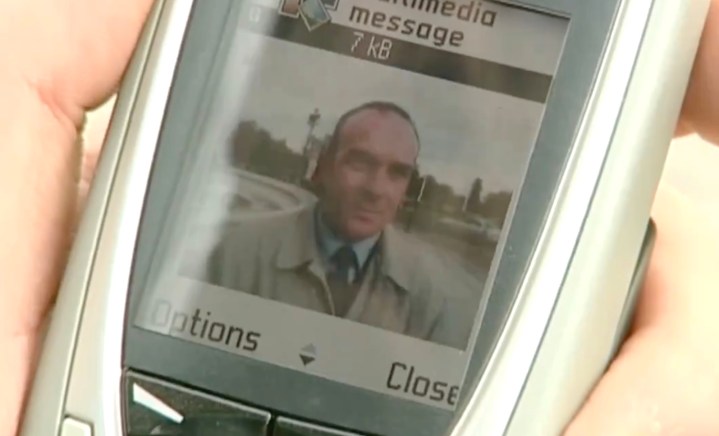

There was a time, would you believe, when handsets weren’t smart. A time when pretty much all they could do was make calls, send text messages, and play Snake.
At the start of this century, leading cell phone manufacturers of the day, Nokia among them, aimed to boost sales by pushing the boundaries of what a handset could do.
Using the available technology of the day (this was, don’t forget, six years before the iPhone showed up), engineers stuffed a camera module into the so-called “candy bar” phones, allowing people to take and share photos of appalling quality. But photos nonetheless.
A BBC news report from 2001 looked at the first camera phone to hit the U.K. market:
When BBC reported camera phones back in 2001 pic.twitter.com/FdJctyydVW
— Historic Vids (@historyinmemes) February 8, 2024
A contributor in the BBC’s report says: “It brings a whole new dimension to the mobile phone industry, allowing people to take images, send them, and for people to receive not just color images but also text and audio — as a message.”
The first camera phone to make inroads in the U.S. market was the Sanyo SCP-5300 in 2002. The handset cost $400 and sported a rather chunky clamshell design. The phone’s camera took photos comprising a mere 0.3-megapixels, though that was adequate for the tiny display. The Sanyo SCP-5300 also came with a flash for illuminating the subject, white-balance control, a self-timer, a digital zoom, and filter effects such as sepia, black and white, and negative colors. And that was just about it.
But people couldn’t get enough of these early camera phones, with more than 80 million of them flying off the shelves globally by the end of 2003.
Thank goodness, the technology rapidly improved in the years that followed, with smartphones offering a giant leap in terms of both quality and functionality. And remarkable advancements are still being made, so just imagine where the technology will be in another 23 years …
Editors’ Recommendations






